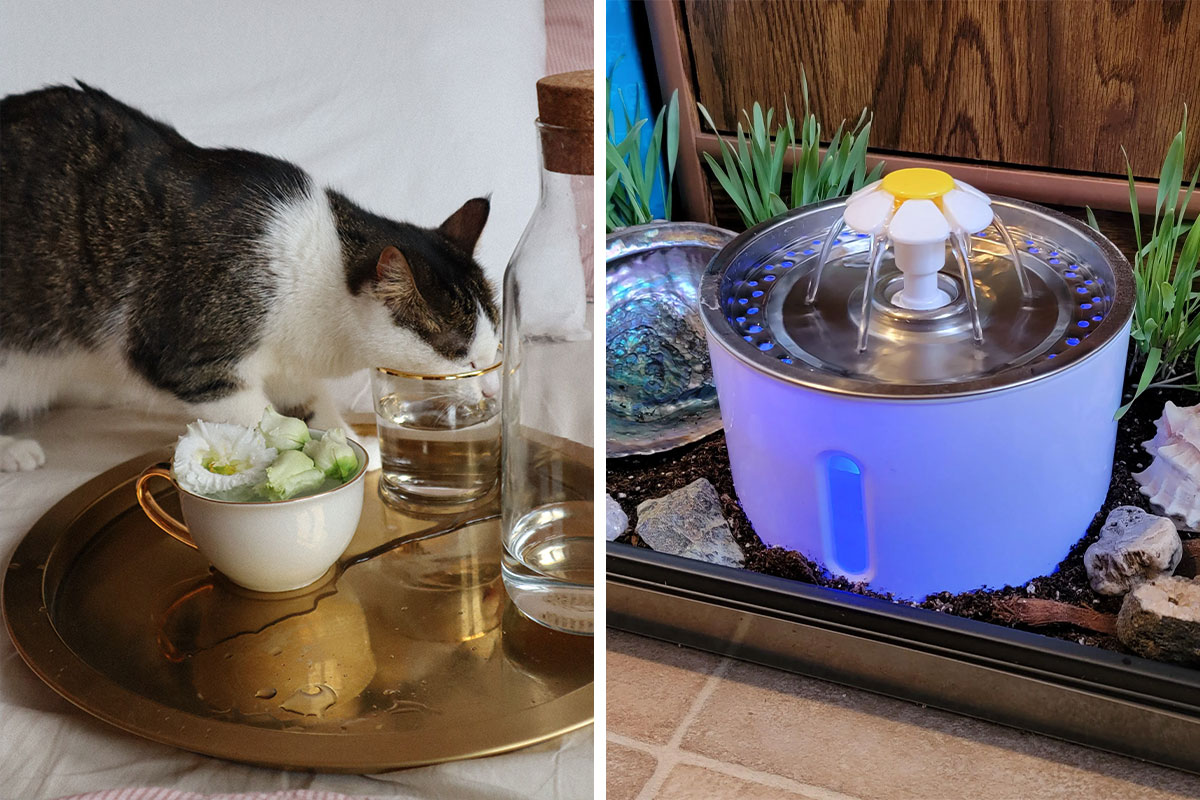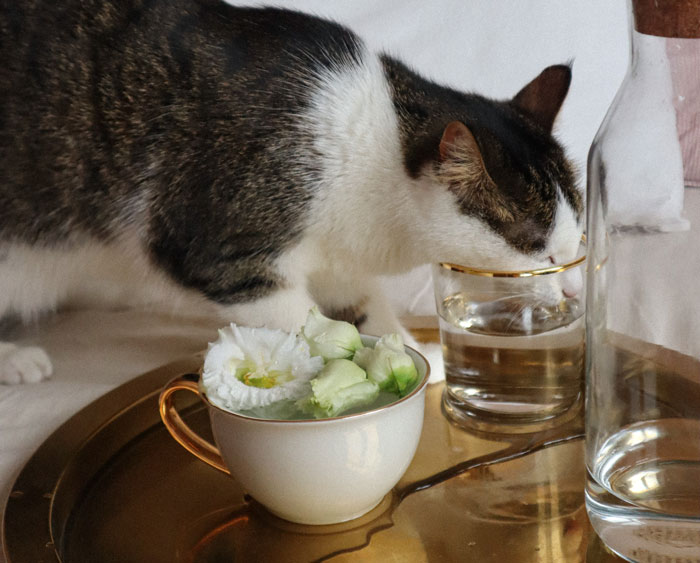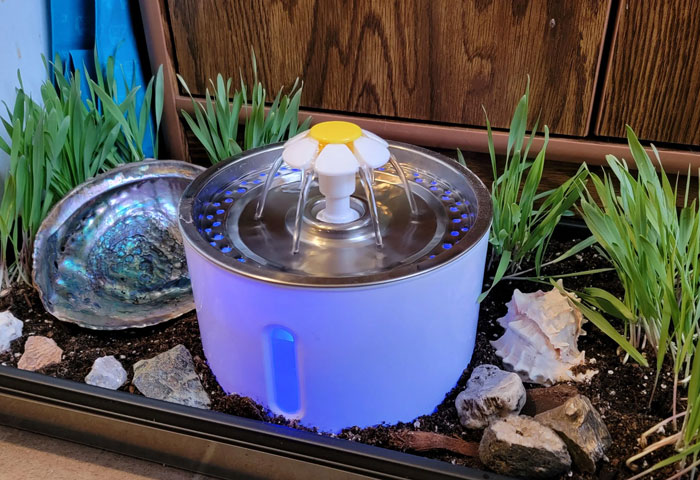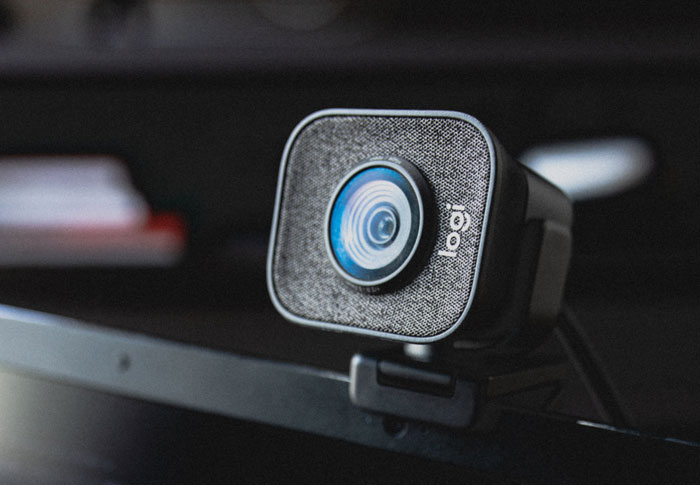
How Long Can Cats Go Without Water? Vet Tech Overview
Cats are known for their independent nature, but when it comes to their basic needs like water, it’s essential to understand how long they can go without it.
Now, let’s dive into the details of a cat’s water requirements and what happens if they don’t get enough.
The information provided herein is for informational purposes only. Please refer to our disclaimer for more details..
- How long can a cat go without water?
- What are the signs of dehydration in cats?
- Can cats survive without access to fresh water?
- What are the risks of a cat going without water?
- How to encourage a cat to drink more water
- What are the best ways to monitor a cat’s water intake?
- What to do when a cat is not drinking enough water
- Why do cats need to drink water?
How long can a cat go without water?
Understanding how long a cat can go without water is crucial for every pet owner. Cats, like all creatures, require water for survival. Without adequate hydration, a cat’s body can shut down swiftly, leading to severe complications and potential fatality.
- Cats can survive without water for 24 to 48 hours.
- Dehydration signs in cats include sunken eyes and dry gums.
- Lack of water in cats can lead to organ dysfunction.
- Cats' daily water need: 4 ounces per 5 pounds of weight.
- Water fountains can encourage cats to drink more.
Like some other animals, cats do not have a high thirst drive. They can go without water for approximately 24 to 48 hours and about two weeks without food.
It is also possible for cats who eat wet food not to be as thirsty or need water as frequently because they are getting hydrated from their food source. However, monitoring their water intake is crucial and ensures they can always access fresh water.
What are the signs of dehydration in cats?
Cat dehydration can manifest through various signs, including:
- Sunken eyes
- Dry and tacky gums
- Loss of skin elasticity
- Reduced urine output
- Lethargy
Monitoring these signs is pivotal in identifying dehydration in felines.
It is important to note that various factors, such as illness, vomiting, diarrhea, and insufficient water intake, can cause cat dehydration. Therefore, ensuring that cats have access to fresh water at all times and monitoring their water consumption is essential in preventing dehydration.
In cases of illness or extreme dehydration, it is crucial to seek veterinary care immediately, as dehydration can be life-threatening if not addressed promptly.
Providing wet food can also help increase a cat’s water intake and prevent dehydration. Regularly monitoring a cat’s overall health and well-being is essential in detecting dehydration and other health issues early on.
Can cats survive without access to fresh water?
Image credits: Daria Bannikova
Cats can survive without water for a limited time, but continual deprivation will significantly impact their health. Providing access to clean, fresh water is essential to maintain their well-being.
Cats can survive without food for approximately two weeks but not without water for more than a few days, as mentioned before. It’s crucial to ensure they have access to water, especially during periods of fasting.
Why would a cat choose to avoid water?
Your cat could be avoiding the water bowl for a handful of reasons. They could already have sufficient hydration, be deterred from their water bowl because it isn’t clean enough or in a cat-friendly place, or have dental or gastrointestinal diseases.
What are the risks of a cat going without water?
Dehydration can have severe repercussions on a cat’s health. It can lead to organ dysfunction, urinary tract issues, and heatstroke, especially in warm climates.
Water is fundamental to maintaining a cat’s bodily functions, and lack of it can have detrimental effects.
In addition, dehydration can lead to lethargy, loss of appetite, and weight loss in cats. If left untreated, it can become life-threatening. Cats may also develop urinary tract infections or blockages due to insufficient water intake, which can be painful and require medical intervention.
Cat owners must always ensure their pets have access to clean, fresh water to prevent these risks.
Dehydration can impair a cat’s kidney function, leading to urinary problems and potential kidney failure. It can also cause constipation and lethargy and negatively impact the overall vitality of the cat.
It’s essential for owners to understand that dehydration and starvation can profoundly impact a cat’s health. They can experience muscle loss, weakness, and compromised immune function without nourishment. Lack of water can lead to severe health issues and potential fatality.
How to encourage a cat to drink more water
Offering a new watering bowl, utilizing water fountains, and adding flavorless broth to their water are effective ways to encourage cats to consume more water. It is also helpful to ensure multiple water bowls are placed around the house to help empower cats to stay hydrated.
Image credits: Jacyne
Another effective method is to use a shallow water bowl, as many cats prefer to drink from an external surface. Keeping the water fresh and clean at all times and providing easy access to the water bowls can also help encourage cats to drink more water. Some cats may even prefer running water, so using a water fountain or leaving a slow drip from a faucet can be beneficial.
Incorporating wet food into their diet can also increase their water intake, as wet food has a higher moisture content than dry food. By implementing these techniques, cat owners can help ensure their feline companions stay properly hydrated.
What are the best ways to monitor a cat’s water intake?
Monitoring a cat’s water intake is crucial in ensuring their well-being. Understanding their daily water requirement and implementing strategies to promote water consumption is vital for their health. You may be wondering how much water cats actually need.
According to an article by Cornell University, cats must consume about 4 ounces of water per five pounds of lean body weight daily, so the average 10-pound cat should drink about one cup of water daily.
You can monitor your cat’s eating and drinking in a few ways. Adding a pet camera by the water and food bowl could be a sufficient way to document their water intake. It is also essential to pay attention to their bathroom habits to understand if their urine and feces output correlates with them going without drinking or eating.
Image credits: Matheus Bertelli
Intelligent watering bowls, such as the Petlibro monitoring system, can track your cat’s drinking. It has the ability to show water consumption data and real-time updates on your cat’s drinking habits.
What to do when a cat is not drinking enough water
If a cat is not drinking sufficient water, offering wet food, flavoring the water, and using water fountains can stimulate their interest in drinking. If concerns persist, consulting a veterinarian for further guidance is recommended.
A veterinarian will be able to rule out any other medical issues that could interfere with drinking water. Sometimes, a cat may have a fractured tooth or dental disease, making the action of drinking water painful.
Identifying signs of inadequate water intake in cats is crucial for early intervention. Recognizing the signs and taking appropriate measures to increase their water consumption is vital for maintaining their health.
Why do cats need to drink water?
Like most living beings, water is vital for a cat’s health and wellness. It aids in bringing nutrients and oxygen to the cells, flushes unwanted bacteria, facilitates proper digestion, regulates body temperature, supports kidney function, and plays a crucial role in various physiological processes essential for their vitality.
If your cat shows signs of dehydration or a decrease in their drinking habits, contact your veterinarian to create a plan to ensure that you have a happy, healthy cat.
388views
Share on FacebookI made two videos on how to quickly and easily check your cat's hydration/if they are dehydrated. Pull up on their scruff and then let go; if it "snaps" back down immediately, they're well-hydrated. If the fur and skin stay "tented up", they are dehydrated. https://www.youtube.com/shorts/UwgOiy-0-Wk and https://www.youtube.com/shorts/nNKgdm-dg2g - feline hydration is something VERY important to me, as my old gray girl Wintressia developed kidney failure at age 14 due to a lifelong kibble diet. It was the 90s, I was a kid, and I didn't know any better, but I still feel incredibly guilty. Now my two cats have waterbowls all over the house AND a fountain, and I make sure they get adequate hydration. Cats do NOT have a high "thirst/drink drive" because they are descended from desert animals; they are designed to get their hydration from the prey (meat) they eat. So, we must make sure our modern kitties are drinking enough and eating a high-quality diet with at least some moist/wet food :)
I made two videos on how to quickly and easily check your cat's hydration/if they are dehydrated. Pull up on their scruff and then let go; if it "snaps" back down immediately, they're well-hydrated. If the fur and skin stay "tented up", they are dehydrated. https://www.youtube.com/shorts/UwgOiy-0-Wk and https://www.youtube.com/shorts/nNKgdm-dg2g - feline hydration is something VERY important to me, as my old gray girl Wintressia developed kidney failure at age 14 due to a lifelong kibble diet. It was the 90s, I was a kid, and I didn't know any better, but I still feel incredibly guilty. Now my two cats have waterbowls all over the house AND a fountain, and I make sure they get adequate hydration. Cats do NOT have a high "thirst/drink drive" because they are descended from desert animals; they are designed to get their hydration from the prey (meat) they eat. So, we must make sure our modern kitties are drinking enough and eating a high-quality diet with at least some moist/wet food :)






0
1